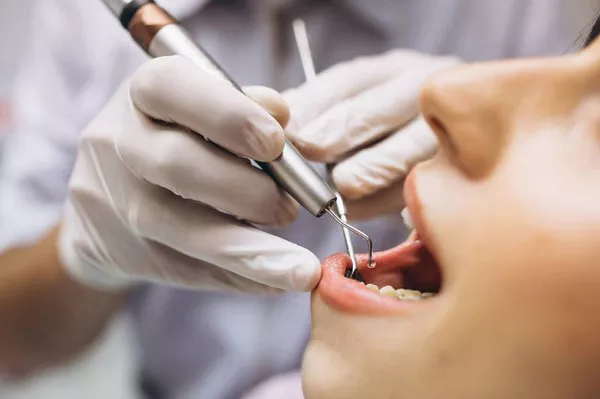Experiencing a lost filling can be a distressing situation, causing discomfort and concern about the health of your tooth. However, knowing what steps to take when a filling falls out can help alleviate anxiety and minimize the risk of further damage. In this comprehensive guide, we will outline the necessary actions to take if a filling falls out of your tooth, providing practical advice and guidance to address this common dental emergency effectively.
Assessing the Situation
Stay Calm: While losing a filling can be alarming, it’s essential to remain calm and assess the situation calmly. Panicking can exacerbate the situation and make it more challenging to address effectively.
Check for Discomfort: Determine if you are experiencing any pain or sensitivity in the affected tooth. Discomfort may indicate exposure of the underlying tooth structure and the need for prompt attention.
Inspect the Filling: Examine the filling that has fallen out to assess its condition. If possible, retrieve the filling and keep it in a safe place for your dentist to evaluate.
Immediate Actions
Clean the Area: Gently rinse your mouth with warm water to remove any debris or food particles from the affected area. Avoid using toothpicks or sharp objects that could cause further damage.
Temporary Filling Solutions: If you are experiencing discomfort or sensitivity, consider using an over-the-counter dental cement or temporary filling material to protect the exposed tooth surface temporarily. Follow the manufacturer’s instructions carefully and avoid chewing on the affected side of your mouth.
Avoid Hot or Cold Foods: Until you can see your dentist, avoid consuming hot, cold, or excessively sweet foods and beverages, as they may exacerbate sensitivity in the exposed tooth.
Seeking Professional Dental Care
Schedule an Appointment: Contact your dentist as soon as possible to schedule an emergency appointment. Inform the dental office about your situation and any symptoms you may be experiencing to expedite your care.
Dental Examination: During your appointment, your dentist will examine the affected tooth and assess the extent of the damage. They may take X-rays to evaluate the underlying tooth structure and determine the appropriate course of treatment.
Filling Replacement: Depending on the severity of the damage, your dentist may recommend replacing the lost filling with a new restoration. They will discuss your options and tailor the treatment plan to address your specific needs and concerns.
Preventing Future Issues
Regular Dental Check-ups: Attend regular dental check-ups to monitor the condition of your fillings and address any issues before they escalate. Early detection and treatment can help prevent future complications and maintain optimal oral health.
Practice Good Oral Hygiene: Brush your teeth twice a day, floss daily, and use an antiseptic mouthwash to remove plaque and bacteria from the teeth and gums. Good oral hygiene can help prevent decay and prolong the lifespan of dental fillings.
Conclusion: Taking Control of a Dental Emergency
In conclusion, experiencing a lost filling can be a stressful experience, but knowing how to respond can help mitigate the situation and prevent further damage to your tooth. By staying calm, assessing the situation, and taking immediate action to protect the affected tooth, individuals can effectively manage a lost filling until they can seek professional dental care. Promptly scheduling an appointment with your dentist, practicing good oral hygiene, and addressing any underlying dental issues can help prevent future occurrences and maintain optimal oral health. By following these guidelines and seeking timely dental care, individuals can take control of a dental emergency and work towards restoring their dental health and well-being.
Does Getting a Deep Cleaning Hurt? Uncovering the Truth
How Long Can You Keep A Temporary Filling In
How Long Does A Temporary Dental Filling Last
































